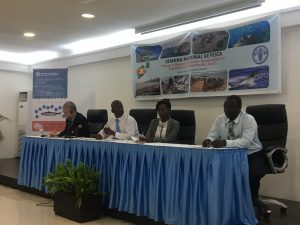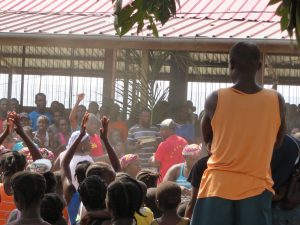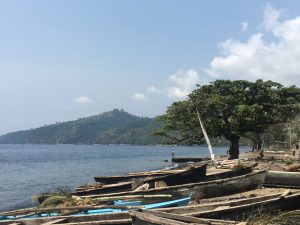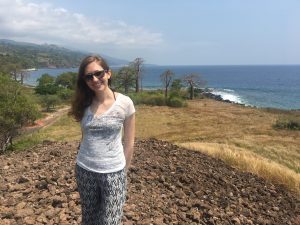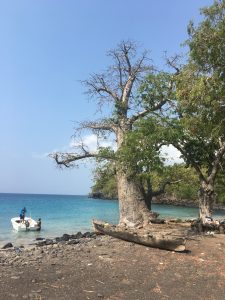July was an exciting and enriching month for me split between the island nation of São Tomé and Principe and FAO headquarters in Rome. I spent the first week of July in the capital of São Tomé participating in a FAO mission in support of that country’s first ever National Fisheries Week and in response to a request by the government to work with FAO to develop a national Blue Growth strategy.
Our first two days in São Tomé were devoted to back to back meetings with government officials, including the Minister of Commerce, Finance and the Blue Economy, and representatives of NGOs and civil society. The last part of the mission culminated in a two-day conference organized by the STP Department of Fisheries, with support from FAO, which covered a wide range of topics relating to the opportunities and challenges facing the country’s fisheries sector. As a small island developing state with an EEZ 160 times greater than its landmass, there is a common consensus that future development must revolve around a sustainable ocean-based economy. How to achieve that goal was the topic of much discussion and debate amongst the conference participants.
Fortunately, we did manage to see something of the country beyond the inside of meeting and conference rooms. As part of the activities organized for the National Fisheries Week my colleagues and I travelled to the fishing town of Neves on the northwest coast of São Tomé for the Kwa Kwa Festival, a celebration of local fishing traditions, music and dance. It was a lot of fun dancing with the local women and children and taking in the scenes of fish being landed on the beach. São Tomé has many highly prized fish species such as marlin and sail fish and serves as nesting grounds for endangered sea turtles and feeding grounds for a variety of cetaceans. The island’s incredible beauty and important biodiversity makes it an ideal location for eco-tourism, which the government and local NGOs are working to develop.
There is a great deal of enthusiasm in São Tomé and Principe for a Blue Growth approach to development that seeks to balance economic growth and food security with the conservation of aquatic resources. Unfortunately, the lack of capacity to enforce existing marine protection laws and prevent IUU fishing was a major recurring theme throughout the conference and our discussions with stakeholders. For me, a major take away was the importance of effective communication within and between different government agencies and coastal communities. A lack of active coordination and communication between stakeholders greatly undermines sustainable management and governance of aquatic resources and ecosystems to the detriment of all.
As an external observer, it struck me that the issues confronting São Tomé and Principe are many of the same ones challenging other coastal developing nations across the globe. Rapid population growth is putting pressure on critical habitats and terrestrial and marine resources. Fishing effort continues to increase as the number and size of fish catch decreases, forcing small scale fishers to travel further and further afield to search for fish. By-catch from industrial fishing and IUU fishing pose serious threats to local livelihoods and food security in communities dependent on fish as a source of food and revenue. While these problems may seem daunting, it was inspiring to see government officials, civil society actors and resource users come together to begin a much needed dialog on their vision for a more equitable and sustainable future. I look forward to following São Tomé and Principe’s progress as it develops and implements a successful national Blue Growth strategy.

